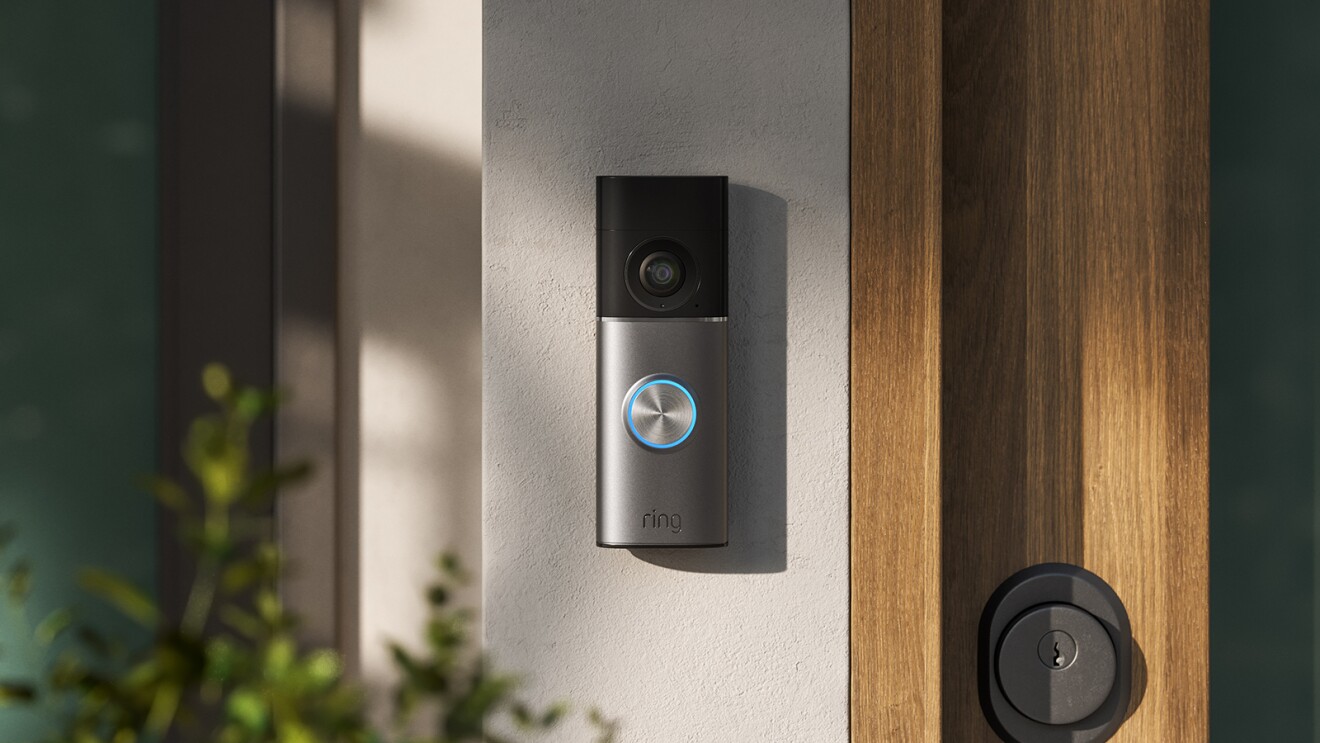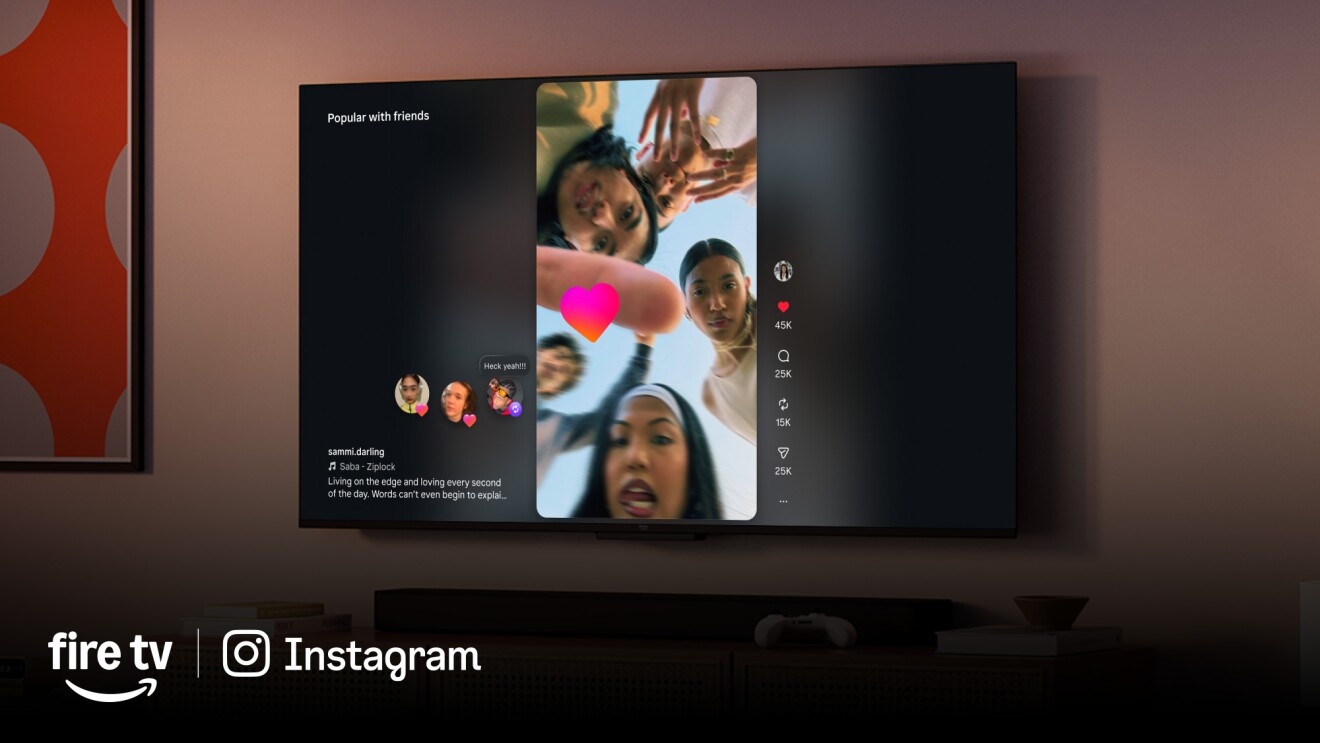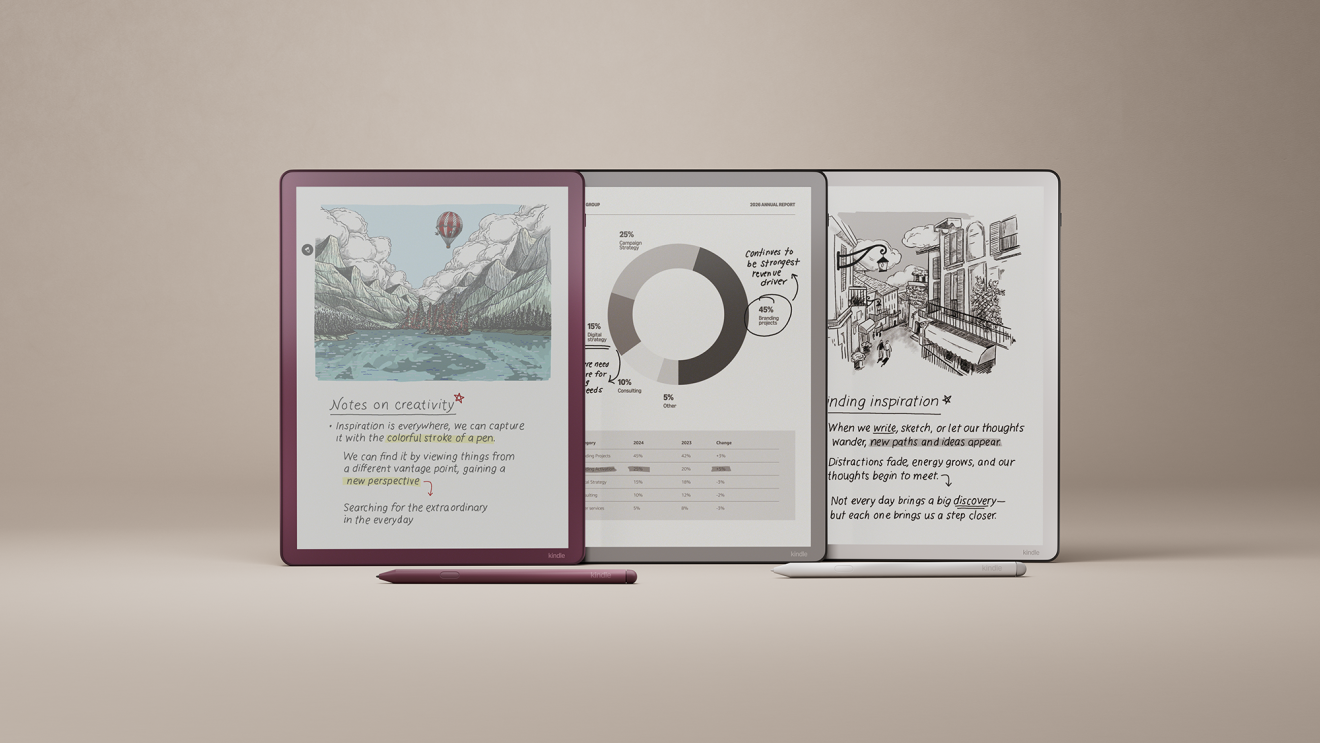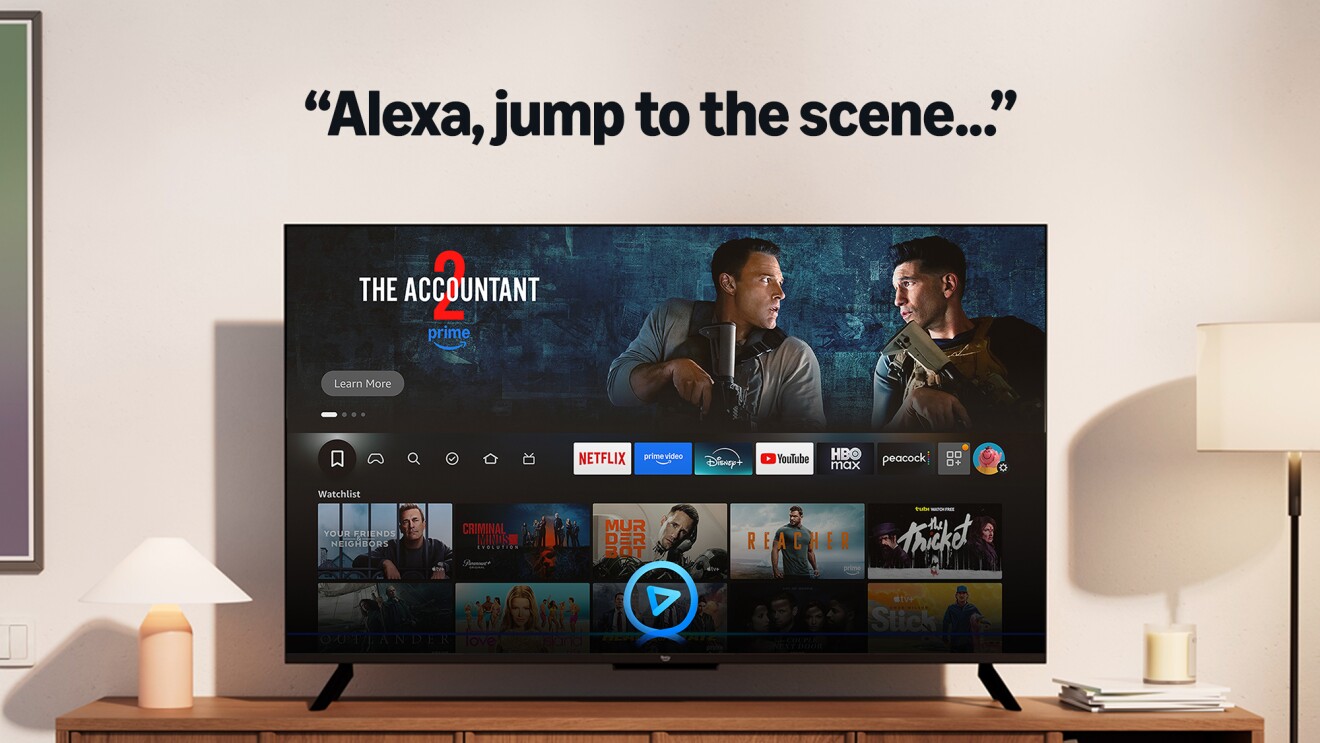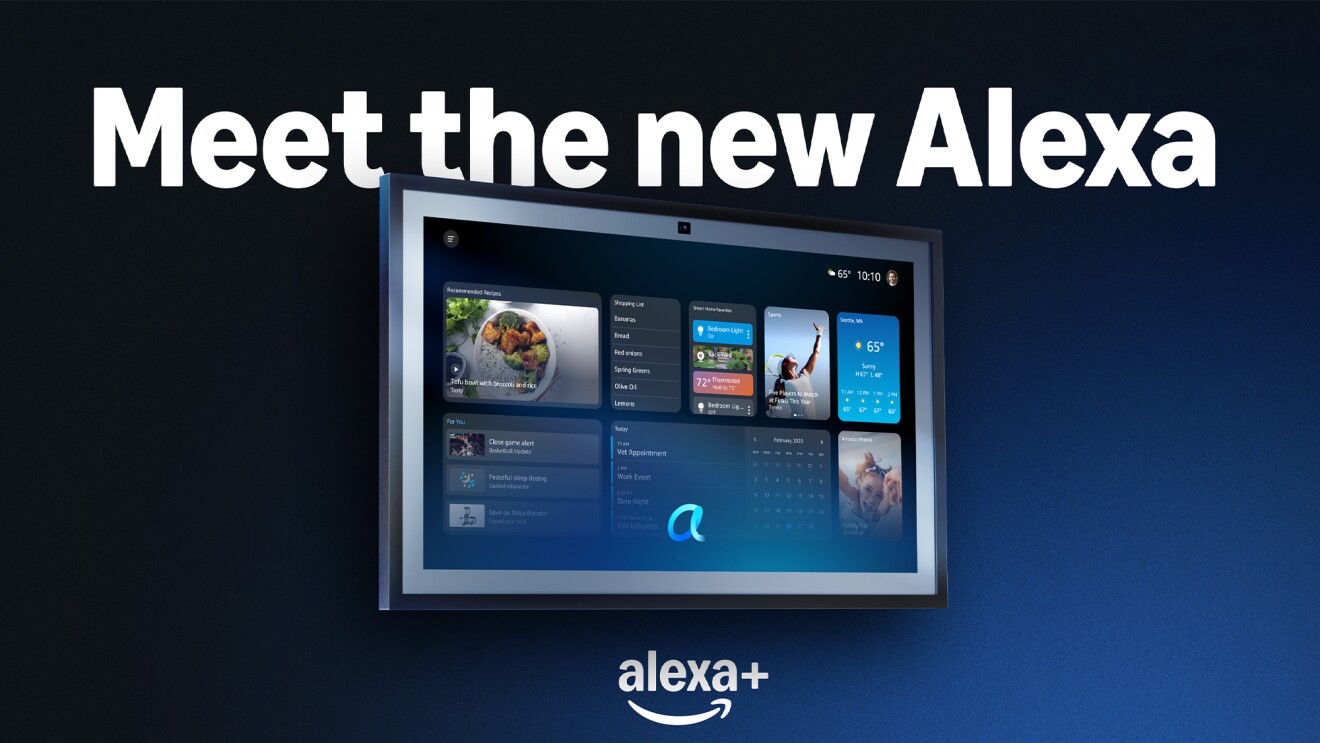On September 28, Amazon introduced Astro, a new home robot that can do everything from keeping your home safe while you're away, to helping you remotely look out for loved ones, to delivering you a snack while you're watching TV in the living room. Astro is an entirely new type of device for Amazon, and we sat down with Anthony Robson—a principal product manager—to learn more about how this robot came to be.
Tell us about your Amazon experience.
I have been at Amazon for almost five years, exclusively working on Astro. When I first arrived at the Sunnyvale, California, campus where the team is based, Astro was in the early concept phase. We were exploring the feasibility of a wide variety of use cases, value propositions, and form factors. I was one of the first product managers on the team and got to focus on researching and writing a lot of the initial business requirement documents and helping grow the team. Now, as we launch Astro, my role has shifted to a specialized focus on autonomous mobility, mechanisms, and looking ahead toward future robotic technologies and applications to pursue.
How does Astro work?
Intelligent Motion enables Astro to map your home completely by itself and then gracefully navigate anywhere you need it to go at a comfortable strolling speed. Astro processes data from multiple types of sensors in real time to build a detailed obstacle map so it can figure out where it is—even as the people and pets in your household move around obscuring its view, shift around furniture, or introduce everyday obstacles like a pair of shoes or backpack that's been left on the floor.
Astro has its own body language that physically communicates its intentions and interacts naturally and delightfully with people. And when not in use, Astro stays ready and available, automatically recharging its battery when low.
Using a new computer-vision feature called visual ID, Astro can learn to recognize people in your household; deliver a reminder, alarm, or timer; or quickly find you or another enrolled household member if there's a video call coming in. Astro can even deliver snacks or a beverage to save you a trip.
While you are away, Astro can patrol your home, creating a timeline of video clips that you can view to check in, and alert you if it hears things like glass breaking or an alarm going off. Additionally, if you want to check on something, you can use the Astro App to start a live view session and send Astro, for example, to show you whether you remembered to lock the back door.

Why did the team invent Astro?
At a team meeting a year or so before I joined, someone asked, "Do we think in five to ten years that customers will depend on robots in their home?" The unanimous answer from the team was yes. With that, our team decided to go figure out what that robot should be. Why shouldn't Amazon be the one to make customers' lives easier with robots?
What were some of the unique, new, and hard challenges your team faced?
There are many mobile robots that can navigate within a preconfigured map or under a fixed set of rules. We knew we had to go several steps further to find innovative ways for a robot to navigate indefinitely under all lighting conditions in an ever-changing home environment, without help, and make it useful and delightful for customers.
Likewise, our Mechanical, Electrical, and Sensors engineering teams had to optimize all the trade offs of industrial design, sensor performance, reliability, and manufacturability to package all these sensors and electronics into the endearing form factor you see today. They also had to do this while shaving cost and weight to ensure long-term reliability and manufacturability.
The team has done an outstanding job delivering on the goals for a truly special new type of robot.
What are you most excited for customers to experience with Astro?
I am most excited for customers to experience how Astro's intelligent motion can improve their homes and lives.
I'm also excited to hear customers' ideas on what else Astro could do for them as we continue to innovate. Every home is different, and every customer's needs are different, so there are bound to be some great new concepts we can explore to save people valuable time in their daily lives.
Any advice you'd share, based on what you've learned as you were building Astro?
The advice I always share is to be aware of just how long it takes to design, source, build, and test complex robotic products. There can be a lot of ambiguity with a brand-new product in a new category. It is easy to convince yourself to go all-in with a particular solution or technology, but if you haven't fully characterized the capabilities of the solution in all the ways it will be used, it can end up costing you a lot of time to recover and develop an alternative. Make sure you keep developing competing options in parallel until you have the data to support down-selecting.
Similarly, you can only accelerate hardware development so fast, so be patient. It is important to allow enough time to learn from building a prototype before locking down the design for the next-generation prototype. Make sure you have enough time to thoroughly test the performance, reliability, and manufacturability between builds, otherwise you'll end up needing additional lengthy design and build cycles to get it right.
More about Anthony Robson.
Anthony is a principal product manager on the Astro team. Originally from Australia, where he studied mechanical engineering at James Cook University, Anthony then earned a master’s degree focusing on mechatronics while at the Royal Institute of Technology (KTH) in Sweden. Anthony pursued a research engineering opportunity at Boston University and then spent 15 years in the semiconductor manufacturing industry. Prior to joining Amazon, Anthony was most recently acting as a hardware product manager at Rethink Robotics.
Trending news and stories
- Everything you need to know about ‘Thursday Night Football’ on Prime Video
- ‘Thursday Night Football’ 2025 schedule: How to watch live on Prime Video
- How to watch ‘Oh. What. Fun.’ on Prime Video
- How Amazon Pharmacy has helped customers save more than $100 million on prescription medications like GLP-1s and insulin




